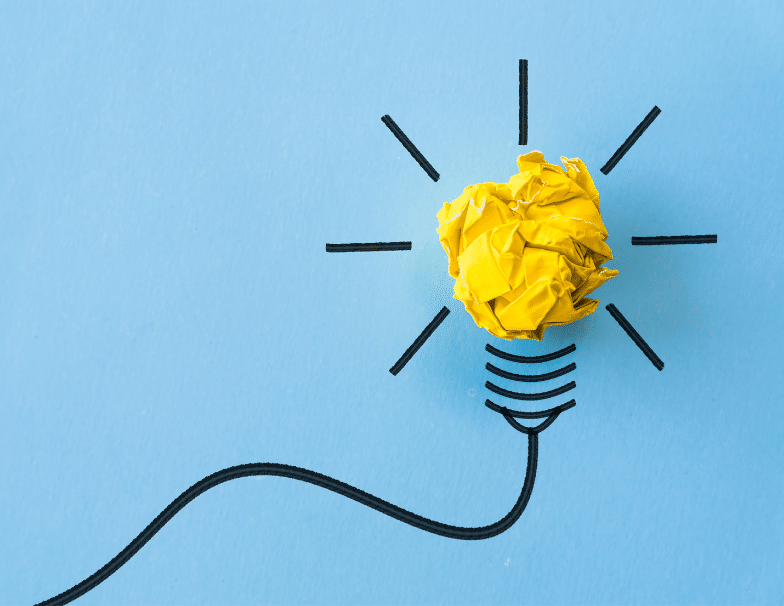What is conceptual design and how important is it in product design? In this article we talk about conceptual product design, where a solution to a problem is proposed through a concept that will be further developed.
The term conceptual design is key in fields such as engineering or architecture, although its definition extends to other sub-disciplines, from interior design to industrial design or web design.
What is conceptual design?
Conceptual design is a creative problem-solving process, which functions as the germ of the creation of an element, from a building to a mechanism or a kitchen item. In this phase, the requirements and specifications that the future product must follow are carefully considered.
Conceptual product design
In the conceptual design of a product, mental entities, called design concepts, are developed until they take on an overall meaning. This is how the product is born, which will still have to undergo different phases of evaluation and prototyping. Ideally, before starting the conceptual design, a market study should be carried out to determine the viability of the new product or service.
The conceptual design of a product is the previous and creative phase that precedes the industrial design, in which prototypes are carried out up to mass production.
In addition, in the conceptualisation phase of the idea, it is recommended to start thinking about the materials to be used, the mechanism with which it will work or what its main marketing claims will be.
Conceptual design is one of the inescapable parts of product design. It is the foundation on which the rest of the development will be based.
For example, in this INFINITIA success story, in which we contributed to the design of a flavoured water product, consumer needs were previously assessed and the potential of the business model was studied. In a second phase, the technical processes were carried out to produce this drink in the optimal way. In other cases, such as the design of a Minimum Viable Product, the main need was to assess the purely technical feasibility of a new product.
Phases of conceptual design
Product design consists of several phases, which can be summarised as brainstorming, product definition, prototyping, validation and testing, and marketing. Conceptual design would be in the product definition phase, although this concept builds on the preceding step, where ideas have been generated.
A large part of the responsibility for obtaining an optimal design lies in the conceptual phase. If this first pillar fails, it is difficult to achieve the objectives or to solve the problem.
1. Defining a problem or a need
The first step is to define the problem or the need for which a product is to be designed.
2. Researching possible solutions
From there, the design team, often from different fields, is in charge of proposing different solutions to continue with the product ideation stage. In this phase, a multitude of freehand sketches or even very simple prototypes are usually made to validate the different hypotheses.
3. Creation of the concept
At this point, the process of creating the most effective concept is carried out, based on the previous research.
4. Evaluation of the concept
Before moving on, it is time to evaluate the concept before proceeding with the other stages of product development.
A good basis for creating a successful product
As an example of the importance of a firm foundation before starting the product design, we take this work of the Strategic Design team of Infinitia Industrial Consulting, which conducted different in-depth interviews and Focus Groups to deepen the understanding of the home care sector in order to design and develop a new disruptive product.
The results obtained were validated through surveys and this whole process allowed us to obtain firm design guidelines on which to develop the product.
Do you need help in the conceptual design of your product or at any stage of its development? We can help you. Contact our team.

